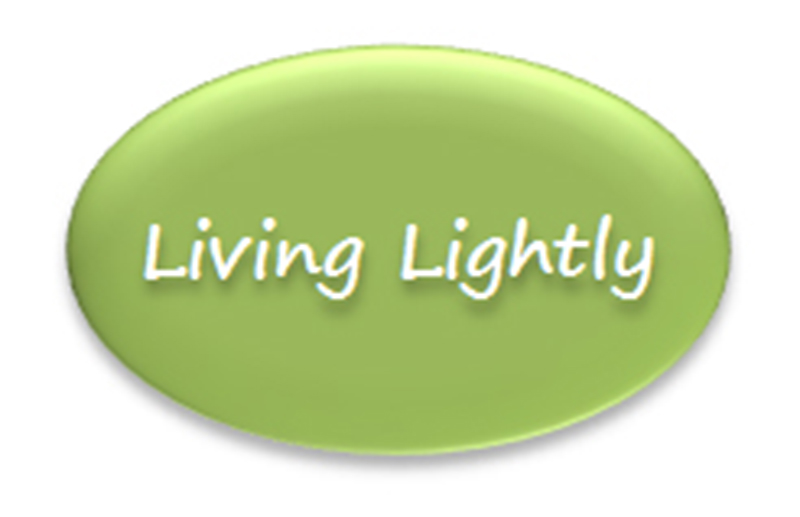By Alan Hewett, Chiltern
‘Anything but renewables’ seems to be the mantra of the moment. If the continual use of coal for power generation isn’t enough there are calls for a nuclear power industry to be developed.
Proponents argue that nuclear power emits low greenhouse emissions and can provide continuous base load power. A nuclear industry could provide employment and benefit our economy. As well, Australia has the largest known uranium reserves in the world. But don’t the risks and costs of nuclear make renewables a more attractive alternative?
A nuclear power plants is expensive, the cost is in the $billions and takes years to build. Decommissioning a nuclear power at the end of its life also runs into billions. Nuclear is not a renewable source of energy; high-grade, low cost ore will run out in about fifty years. Neither is it completely greenhouse gas free, renewables emit none.
The safety issues raised by nuclear are many. On average a nuclear power plant generates 20 tonnes of used nuclear fuel, classifies as high-level radioactive waste. There is no complete solution to disposal of this waste which emits radiation and heat; it will eventually erode any container it is placed in. A consequence of course is that it will prove lethal to any life form it comes in contact with.
Over time spent nuclear fuel does decay to safe levels but it takes tens of thousands of years. Currently the nuclear industry lets waste cool for years before mixing it with glass and then storing in huge, cooled, concrete structures. These have to be monitored and guarded to prevent theft, particularly by terrorists. It all adds to the cost of producing nuclear power.
A nuclear power plant requires access to large amounts of water for reactor cooling. The amount of water is staggering, between 35 and 65 millions of water a day. This is why coastal sites are chosen. However, these sites are vulnerable to rising ocean levels and as seen at Fukushima- tsunamis.
There are also the examples of Three Mile Island and Chernobyl where up to 30,000 people lost their lives, while up to 2.5 million Ukrainians still suffer from health problems.
As the Finkel review noted about nuclear power, “Australians are highly aware of the hazard posed by the radioactive materials involved.”

